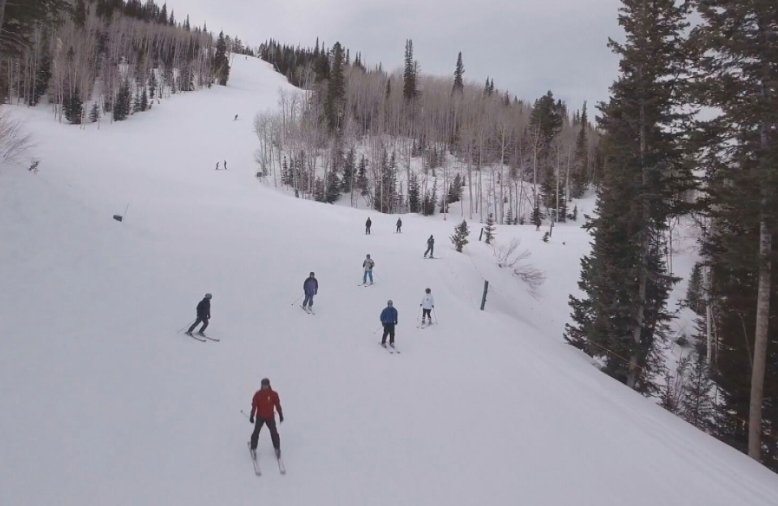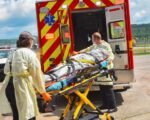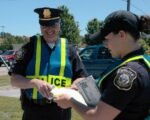The recent heavy snowfall in Colorado and other parts of the US has increased the risk of avalanches in the mountains. According to the Colorado Avalanche Information Center (CAIC), the avalanche danger level is at 4 out of 5 in some areas, meaning that large and destructive avalanches are very likely to occur. The CAIC has issued an avalanche warning for the Aspen and Crested Butte zones, advising people to avoid traveling in or below avalanche terrain.
What causes avalanches and how to avoid them
Avalanches are masses of snow that slide down a slope, triggered by natural or human factors. The most common causes of avalanches are:
- Snowpack instability: This occurs when layers of snow have different properties, such as density, temperature, or crystal structure. The weaker layers can collapse under the weight of the overlying snow, causing a fracture that propagates along the slope.
- Snow loading: This occurs when new snow accumulates on the existing snowpack, increasing the stress on the weaker layers. Snow loading can be caused by snowfall, wind, or cornice formation.
- Terrain features: This refers to the shape and steepness of the slope, as well as the presence of obstacles, such as trees, rocks, or cliffs. Steeper slopes are more prone to avalanches, as well as slopes that are convex or have abrupt changes in angle.
- Human triggers: This includes any activity that disturbs the snowpack, such as skiing, snowboarding, snowmobiling, or hiking. Human triggers can initiate avalanches on slopes that are already unstable or loaded.
To avoid avalanches, it is important to:
- Check the avalanche forecast: Before heading to the mountains, check the latest avalanche bulletin from the CAIC or other reliable sources. The bulletin provides information on the current and expected avalanche danger levels, as well as the location and type of avalanche problems.

- Choose the right terrain: Avoid slopes that are steeper than 30 degrees, especially if they are facing north or east, where the snowpack is usually colder and weaker. Also avoid slopes that are below or adjacent to steeper slopes, where avalanches can run down or across.
- Carry the right equipment: Always carry an avalanche transceiver, a probe, and a shovel, and know how to use them. These are essential tools for locating and rescuing buried victims. Also consider wearing an avalanche airbag, which can help you stay on the surface of the snow in case of an avalanche.
- Travel with a partner: Never go alone in the backcountry, and always stay in visual and verbal contact with your partner. If one of you is caught in an avalanche, the other can quickly initiate the search and rescue.
What to do if you are caught in an avalanche
Despite taking precautions, there is always a chance of being caught in an avalanche. If this happens, you should:
- Try to escape: If you see or hear an avalanche coming, try to move to the side or uphill, away from the path of the slide. If you are on skis or a snowboard, try to ski or ride out of the avalanche. If you are on a snowmobile, try to accelerate and outrun the avalanche.
- Try to stay on the surface: If you are unable to escape, try to stay on the surface of the snow as much as possible. Use any means available, such as swimming, rolling, or grabbing onto objects. If you have an avalanche airbag, pull the trigger to inflate it.
- Try to create an air pocket: If you are buried, try to create an air pocket around your mouth and nose by pushing the snow away with your hands or arms. This can help you breathe and prevent suffocation. Also try to make noise or move your limbs to signal your location to rescuers.
How to help others in an avalanche
If you witness an avalanche and someone is caught in it, you should:
- Call for help: If you have a cell phone or a radio, call 911 or the local emergency services and report the location and number of victims. If you have an avalanche transceiver, switch it to search mode and start looking for signals.
- Organize the rescue: If you are with other people, assign roles and tasks, such as searching, probing, digging, or providing first aid. Follow the instructions of the avalanche transceiver and use the probe and shovel to locate and uncover the victims.
- Provide medical care: Once you find a victim, check their vital signs and provide CPR if needed. Treat any injuries and prevent hypothermia by covering them with warm clothing or blankets. Stay with them until professional help arrives.
Avalanches are a serious threat in the mountains, especially after heavy snowfall. By following the tips above, you can reduce the risk of being caught in an avalanche and increase the chances of survival and rescue. Stay safe and enjoy the snow!














